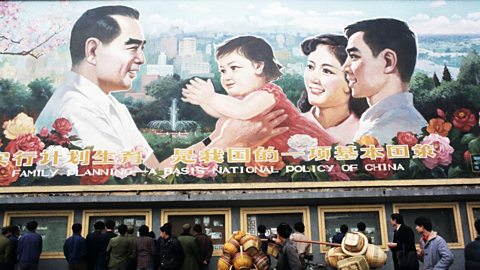Advantages and limitations of using one method of development
Using just one measure of development can be misleading, and it is often better to use more than one. For example, Zimbabwe is a low income country, but 84% of people living there can read and write.
Another example is China. The country has a very low birth rate, but it is not included in the World Bank's list of high income countries. China's previous policy of one child per family reduced its birth rates considerably. In 2015, the government decided to end the policy, allowing couples to have two children if one parent is an only child. It is hoped that this move will mitigateTo make less severe or unpleasant. the effects of China's ageing population.

Used on their own, each measure of development has advantages and disadvantages:
- Birth rate ÔÇô this is a good indicator of social progress and the most developed countries tend to have low birth rates. However, birth rates can be changed by government policies. These policies do not always mean that a country is developed.
- Death rate ÔÇô this is effective as it shows how good a country's healthcare system is. It can also indicate a good standard of living. However, very rich countries often have many older people, so death rates can be higher than expected.
- Gross National Income (GNI) per capitaA measure of the total income of a country, divided by the number of people in that country. per capita ÔÇô this measure only shows economic development and says nothing about whether people in a country have a good quality of lifeThe wellbeing of a person or a group of people.. It is also an average and so it hides information about people who are very rich or very poor.
- Human Development Index (HDI)A statistical index used to rank the 'human development' of countries, on a scale between 0 and 1. Covers life expectancy, education and living standards. ÔÇô this is widely recognised as a good measure of development. It takes into account economic measures, such as income, but also social measures, such as levels of education.